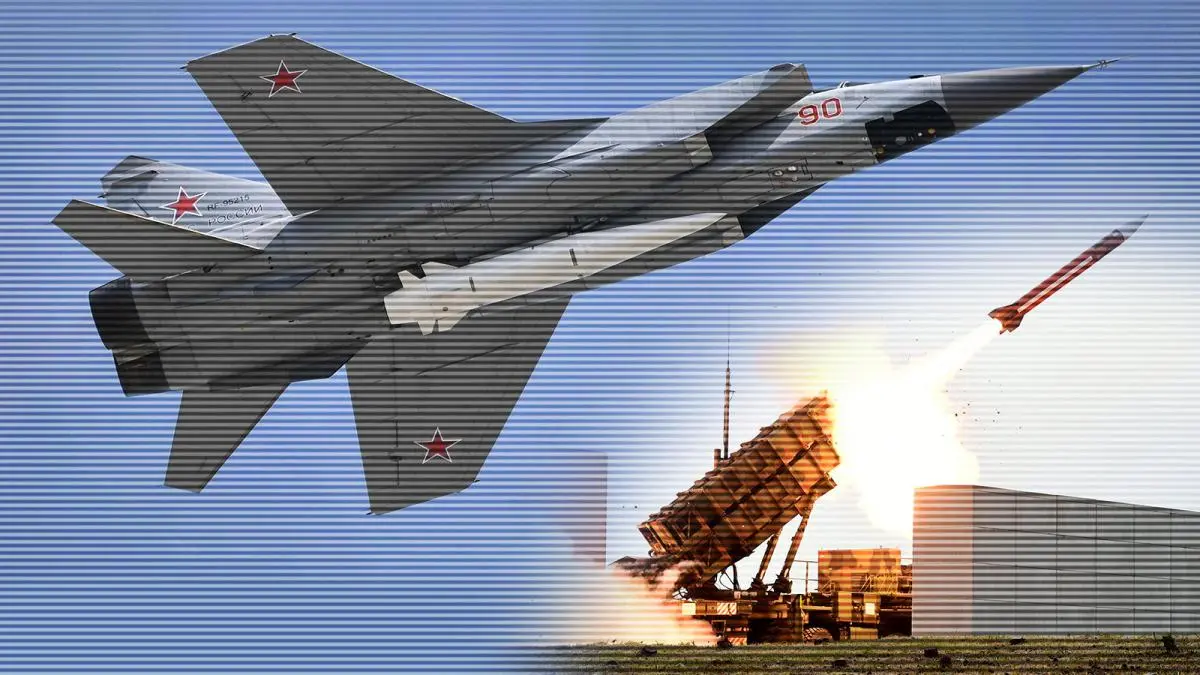

I am not sure why you are talking about climate variations: none of these projects happen at the surface or close to it. The sites are selected to be geologically stable over millions of years, so climate will have no effect on them.
Also, the 100,000 years is the design requirement for current nuclear waste to reach natural uranium toxicity. There are two important consequences from that: since radioactivity reduces exponentially, this means that at around 10,000 years you are already at ~10x higher than natural uranium (down from 1000x for fresh nuclear waste) and the risk is already much lower as 99% of the process is done already. Also, these values are for the current way the waste has been treated. If you use the DIAMEX process, your 100,000 years becomes 500-1000 years (yes, that’s not a typo).
That’s also part of why these projects move slowly at the moment. The current options work but we are developing solutions that are much better - why build a 100,000 years facility when you can build a 1000 year facility, or even use some of this waste in a 4th gen plant? The main reason these move slowly is that heat management is the biggest issue on the storage, and the first phase for these projects is surface storage for 60-80 years for a first cooling phase.







You can use your UK licence in the EU without any issue, they got an agreement on that.